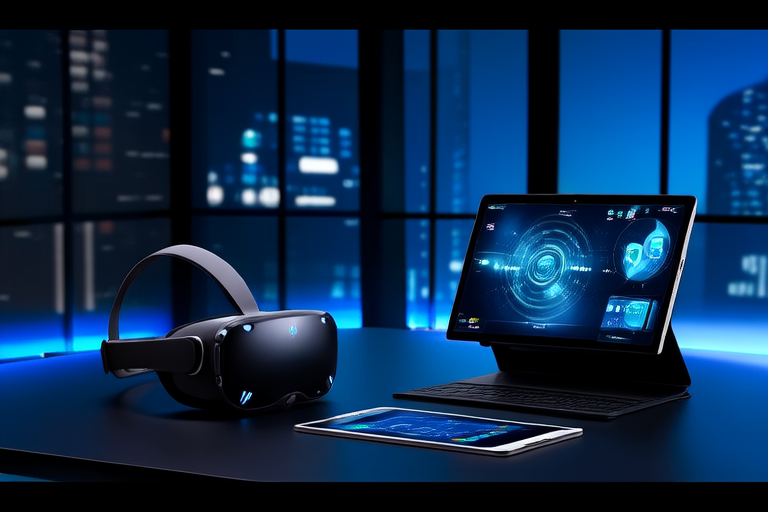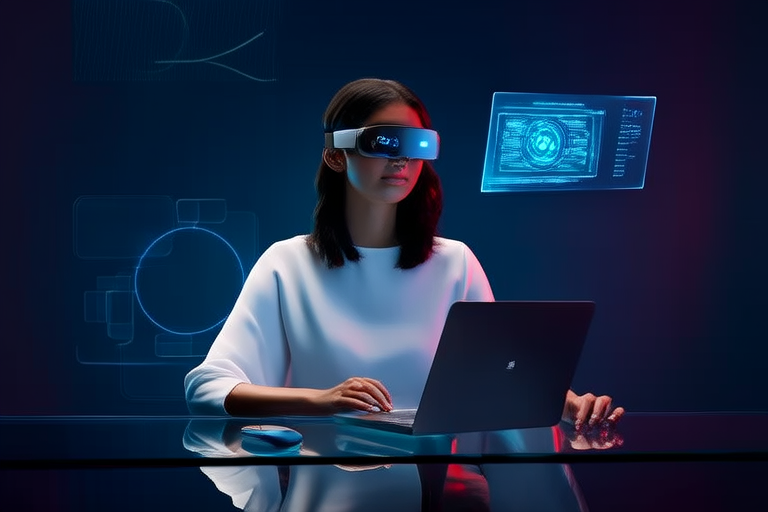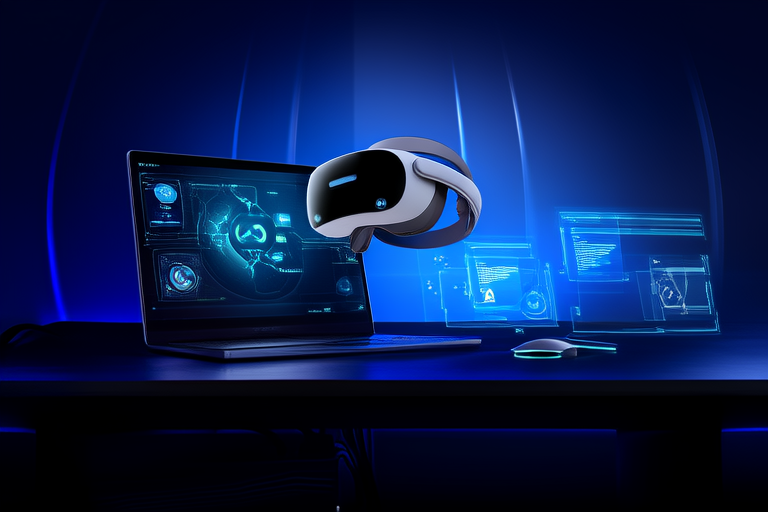“`html
Augmented Realities: What’s Next for VR and AR Innovations?
Introduction
Virtual Reality (VR) and Augmented Reality (AR) have revolutionized the way we interact with digital content, offering immersive experiences that blend the physical and virtual worlds. VR immerses users in entirely computer-generated environments, while AR overlays digital information onto the real world, enhancing our perception of reality. These technologies have already made significant impacts across various industries, from healthcare and education to entertainment and retail.
As VR and AR continue to evolve, the question remains: What’s next for these innovative technologies? This article explores the current state of VR and AR, identifies key challenges, examines emerging trends, and speculates on future developments. We will also reflect on the potential societal and industrial impacts of these advancements.
Current State of VR and AR
Recent advancements in VR and AR have expanded their applications and usability. High-resolution displays, improved tracking systems, and more comfortable headsets have made these technologies more accessible and engaging. Companies like Meta (formerly Facebook), Microsoft, and Magic Leap are leading the charge in developing cutting-edge hardware and software solutions.
In healthcare, VR is used for training medical professionals and treating patients with phobias and PTSD. AR aids surgeons in performing complex procedures by overlaying patient data directly into their field of vision. Education benefits from interactive learning tools that make complex subjects more engaging. Entertainment has seen the rise of immersive gaming experiences, while retail uses AR to enhance customer engagement through virtual try-ons and product demonstrations.
Key Challenges
Despite significant progress, VR and AR face several challenges. Hardware limitations, such as low resolution and bulky equipment, hinder widespread adoption. User comfort remains an issue, with many experiencing motion sickness or discomfort during prolonged use. Cost is another barrier, as high-end devices are often prohibitively expensive for individual consumers and small businesses.
Data privacy and security are critical concerns in immersive environments. As users share sensitive personal information within virtual spaces, ensuring robust protection against breaches and unauthorized access becomes paramount. Additionally, accessibility challenges must be addressed to ensure that VR and AR technologies are inclusive and usable by people with disabilities.
Emerging Trends
Several emerging trends are shaping the future of VR and AR. The integration of 5G networks promises faster data transfer rates, reducing latency and enhancing the overall user experience. Haptic feedback technology allows users to feel virtual objects, adding a new dimension to immersion. Spatial computing enables seamless interaction between digital and physical spaces, creating more intuitive interfaces.
Cloud-based VR/AR solutions offer the potential for reduced hardware costs and increased accessibility. Users can stream high-fidelity content without requiring powerful local hardware. Advancements in eye-tracking, hand-tracking, and gesture recognition technologies improve user interaction, making VR and AR experiences more natural and responsive.
Future Predictions
Looking ahead, we can expect significant breakthroughs in display technology, input methods, and software capabilities. Advances in microLED and OLED displays will provide higher resolutions and lower power consumption. Input methods will become more sophisticated, incorporating brain-computer interfaces and advanced gesture recognition systems.
VR and AR will likely play increasingly important roles in remote work, telemedicine, and e-learning. These technologies enable more effective collaboration and training, even when participants are geographically dispersed. AI and machine learning will enhance VR and AR experiences by personalizing content, predicting user needs, and improving natural language processing.
Societal changes, such as the shift towards remote work and telemedicine, may accelerate the adoption of VR and AR. These technologies offer flexible and efficient solutions that can adapt to evolving needs.
Conclusion
VR and AR have already transformed numerous industries and continue to evolve rapidly. From healthcare and education to entertainment and retail, these technologies offer unprecedented opportunities for innovation and improvement. While challenges remain, ongoing advancements in hardware, software, and infrastructure promise a bright future for VR and AR.
As we look ahead, the potential impact of future VR and AR innovations on society and various industries is immense. These technologies hold the promise of reshaping how we learn, work, and interact with each other. The exciting possibilities ahead are boundless, and it is an exciting time to witness the evolution of these transformative technologies.
“`




